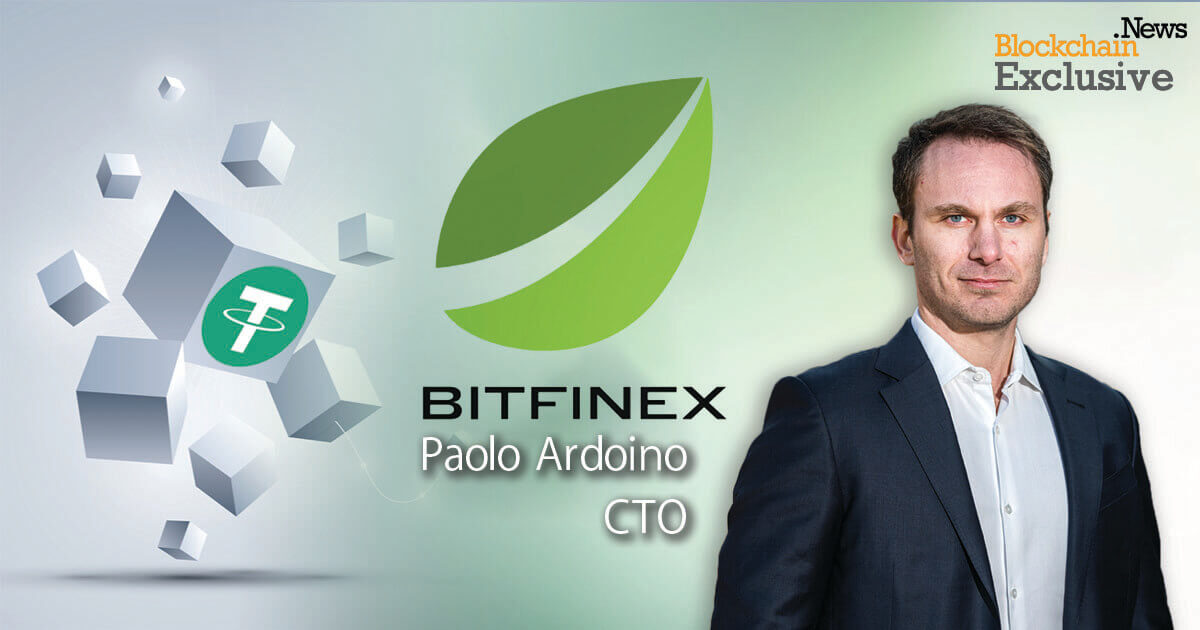Iris Coleman
Sep 15, 2024 12:05
Two years after the Merge, Ethereum’s shift to Proof of Stake faces difficulties from Layer 2 innovations and quicker blockchains such as Solana and Avalanche.
Two years following Ethereum’s transition to a Proof of Stake (PoS) consensus model, referred to as the Merge, the network has encountered notable challenges. Contrary to initial hopes, Ethereum has faced high transaction fees and network congestion, while alternative Layer 2 solutions and faster blockchains like Solana, Avalanche, Base, and Aptos have progressed, according to blog.bitfinex.com.
Has the Merge Significantly Harmed Ethereum?
Since the Merge on September 15, 2022, Ethereum’s expected advantages, such as enhanced scalability and lower fees, have not emerged as quickly as hoped. The persistent high transaction costs and congestion have prompted users and developers to explore Layer 2 solutions like Optimism, Arbitrum, and ZK-rollups, which provide quicker and more affordable transactions. Furthermore, newer blockchains such as Solana, Sui, and Aptos offer higher throughput and reduced fees, which further diminishes Ethereum’s market share.
The tepid response to Ethereum spot ETFs has also negatively affected market sentiment. The introduction of these financial products in the US this year did not lead to the anticipated institutional investments, resulting in underperformance compared to Bitcoin. The shift of economic activity to Layer 2 solutions and rival blockchains has led to a noticeable drop in Ethereum’s on-chain activity and network fees, crucial revenue streams for validators.
Can Ethereum Stay Competitive Against Faster, More Efficient Blockchains?
Layer 2 solutions and competing blockchains have emerged as viable alternatives for users seeking lower transaction costs. Platforms such as Arbitrum, Optimism, and zkSync allow for cheaper and faster transactions while retaining a connection to Ethereum’s security. Competing blockchains like Solana and Avalanche provide similar DeFi functionalities but with even lower fees and faster transaction times.
The increase in EVM-compatible chains and cross-chain bridges has facilitated user liquidity movement between Ethereum and alternative blockchains. This increased fluidity has fragmented Ethereum’s liquidity, diminishing its dominance in DeFi and DApp activities. Consequently, users are increasingly looking for alternatives that offer comparable services with improved scalability and cost efficiency.
It’s Not All Bad: A Promising Future Awaits Ethereum
Despite these hurdles, Ethereum remains the second-largest cryptocurrency by market cap. Its established credibility and impact ensure it remains a significant player in the crypto space. Ethereum’s vibrant developer community continues to foster innovation, with a robust roadmap filled with upgrades aimed at enhancing scalability, cutting fees, and improving user experience.
Ethereum’s move to PoS through the Merge highlighted its developers’ dedication to the network’s evolution. Upcoming enhancements, especially through sharding and ongoing Layer 2 advancement, are intended to boost Ethereum’s transaction throughput and address the main issues driving users to alternative blockchains.
Even though Ethereum ETFs have had a slow start, they present new opportunities for traditional investors to engage with Ethereum. As the market evolves and investor trust grows, these ETFs could attract greater attention.
Looking forward, Ethereum’s foundational infrastructure and commitment to innovation position it advantageously for future growth. Should it successfully implement its forthcoming upgrades, Ethereum could reclaim its standing in the blockchain sector, drawing developers, users, and liquidity back to its network.
Image source: Shutterstock









